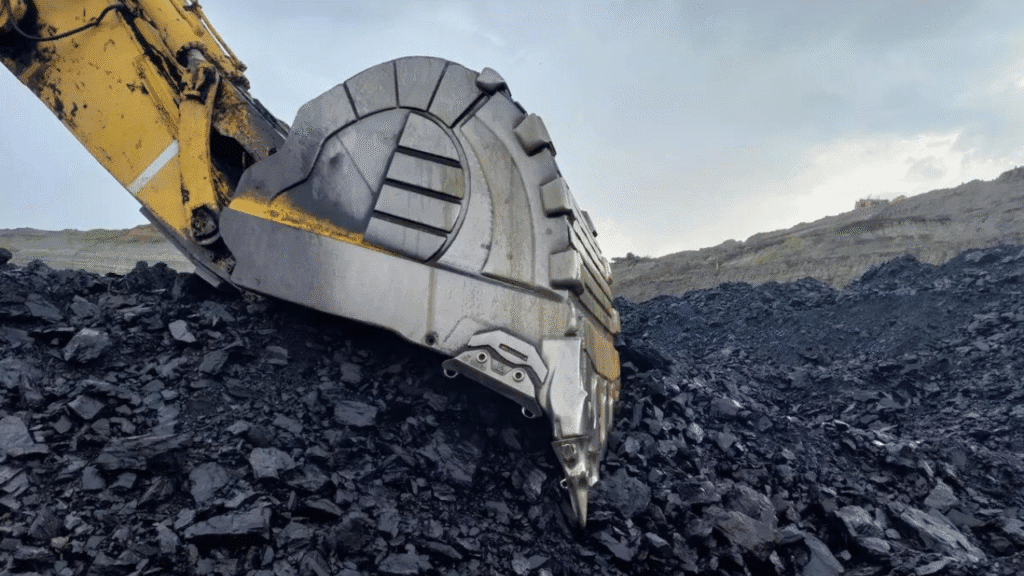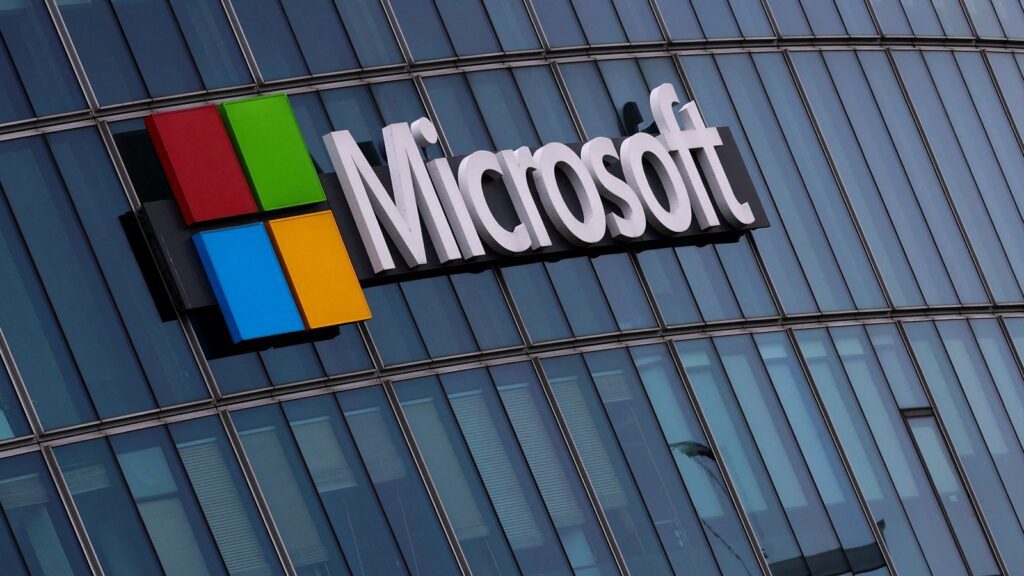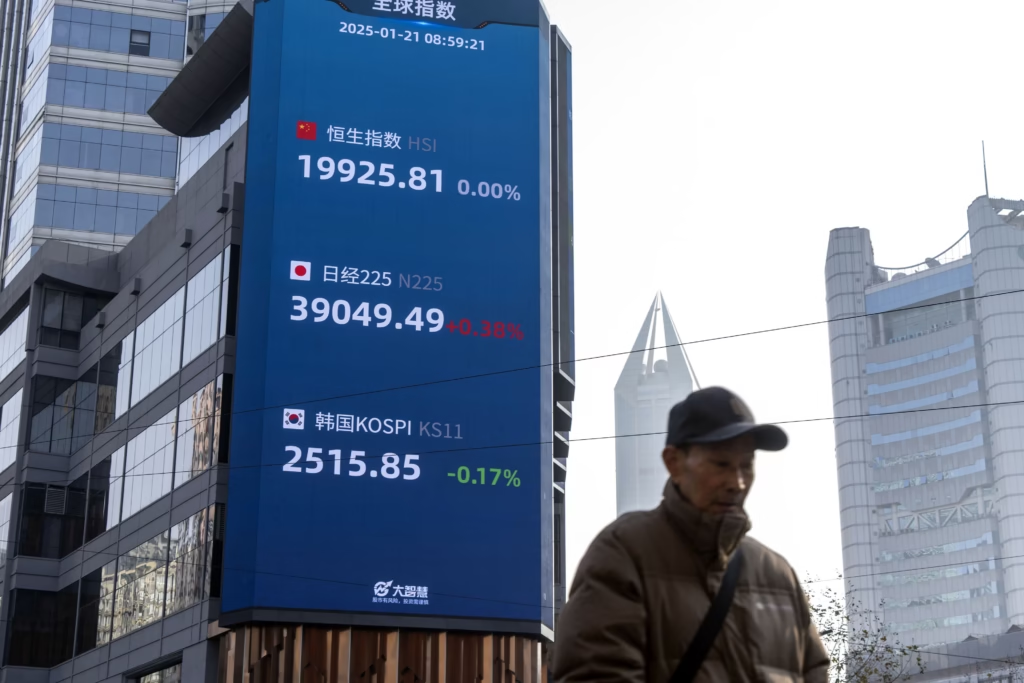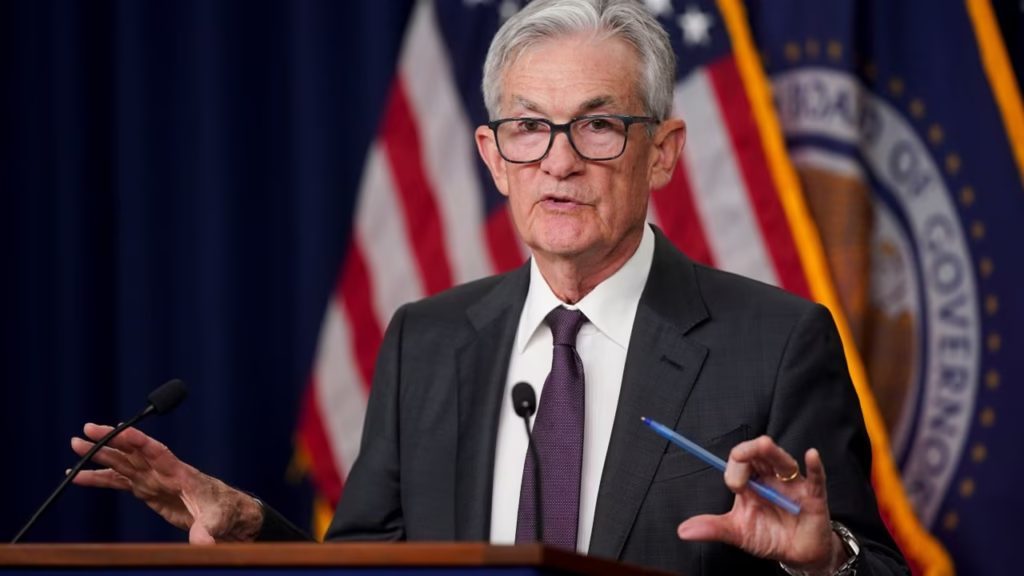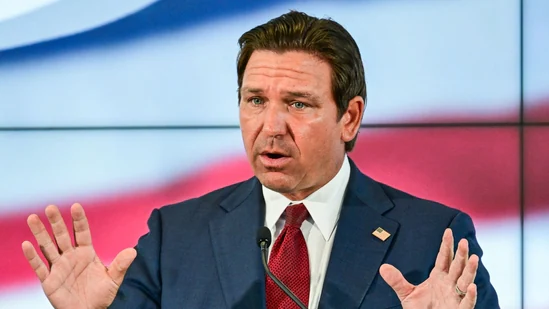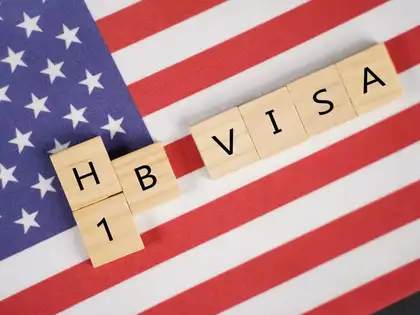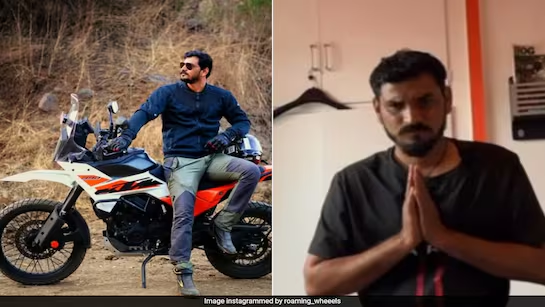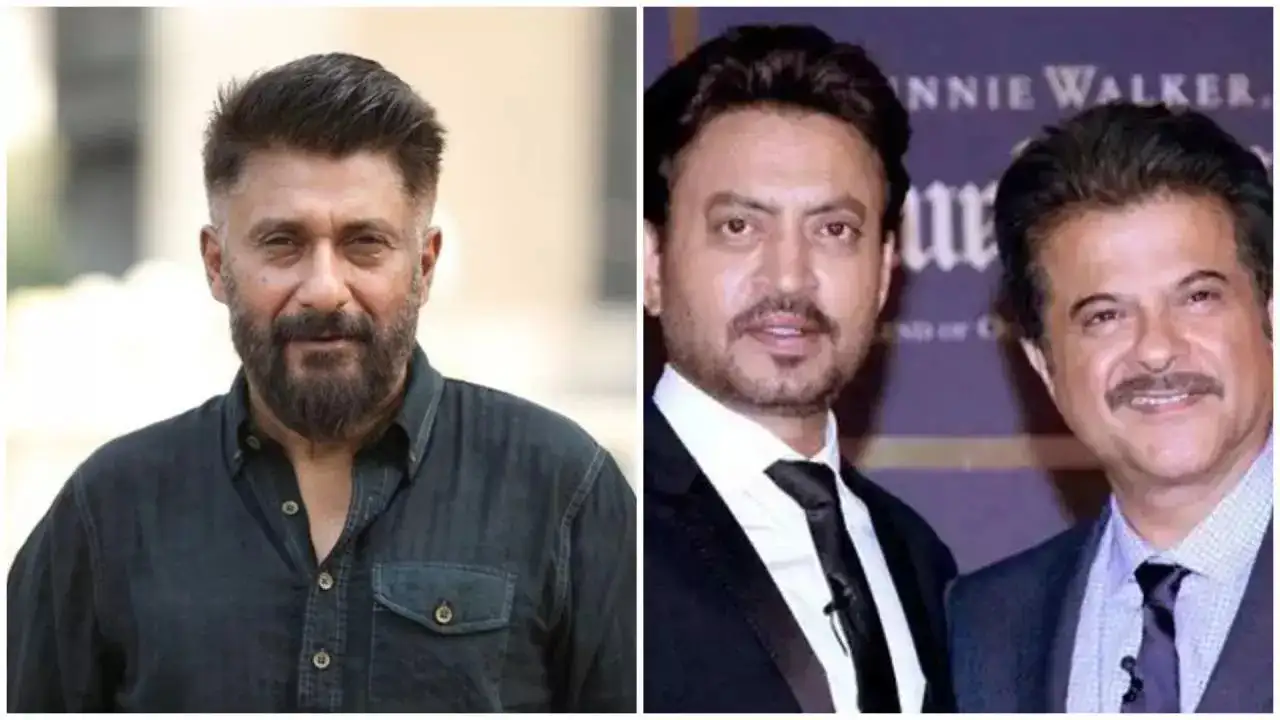Now Reading: Trump Dismisses Viral White House Video, Calls It AI-Generated
-
01
Trump Dismisses Viral White House Video, Calls It AI-Generated
Trump Dismisses Viral White House Video, Calls It AI-Generated
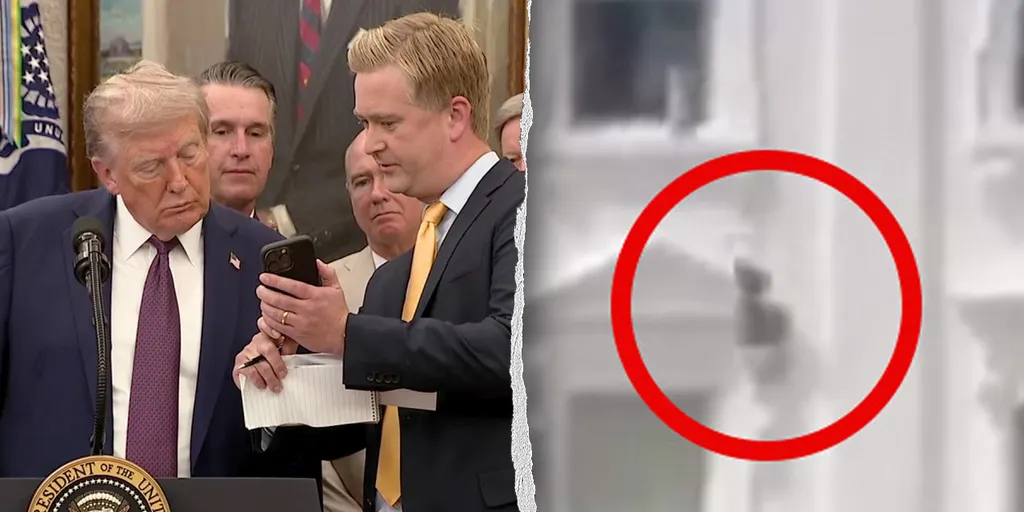
A viral video showing an object being tossed from a White House window has sparked debates online, but former US President Donald Trump has brushed it off as artificial intelligence trickery. As AI-generated visuals become harder to distinguish from reality, the incident has triggered conversations on misinformation, technology misuse, and the growing need for awareness among ordinary citizens, including audiences in India’s smaller cities where digital literacy is still developing.
The Viral Clip and Reactions
The short video quickly spread across social media, claiming to capture something unusual from the White House. Many viewers speculated about its authenticity, while others flagged it as manipulated. Trump responded by stating the video was an AI creation, stressing that such an incident could not occur in reality. His remarks highlighted how political narratives can be shaped or disrupted by digitally altered content.
Growing Concerns Around Deepfakes
Deepfake technology, which uses AI to fabricate realistic visuals, is increasingly influencing politics and public opinion worldwide. For countries like India, where social media is a primary source of news for millions, the rise of such videos poses serious risks. Tier-2 and Tier-3 city audiences, in particular, are more vulnerable to believing such content without verification, amplifying the spread of false information.
Implications for Public Trust
When political leaders respond to viral AI-driven content, it underscores the challenge of maintaining trust in digital communication. With elections around the corner in several countries, including India, the circulation of misleading videos could sway public perception. The White House video controversy reflects a larger problem—how quickly unverified content can shape headlines before being debunked.
Lessons for India’s Digital Users
India, being one of the largest internet markets, faces a growing need for awareness about AI-driven misinformation. Educational campaigns, fact-checking initiatives, and digital literacy efforts can help ordinary people identify false visuals. For students, working professionals, and small-town users, learning to pause, verify, and cross-check before sharing such content is becoming essential.
Conclusion
The viral White House video may have been fake, but its impact was real. Trump’s dismissal of it as AI-generated reflects the new reality of global politics, where technology can blur fact and fiction within seconds. For Indian audiences, especially in Tier-2 cities, the episode is a timely reminder to question what they see online and build stronger habits of digital verification.




